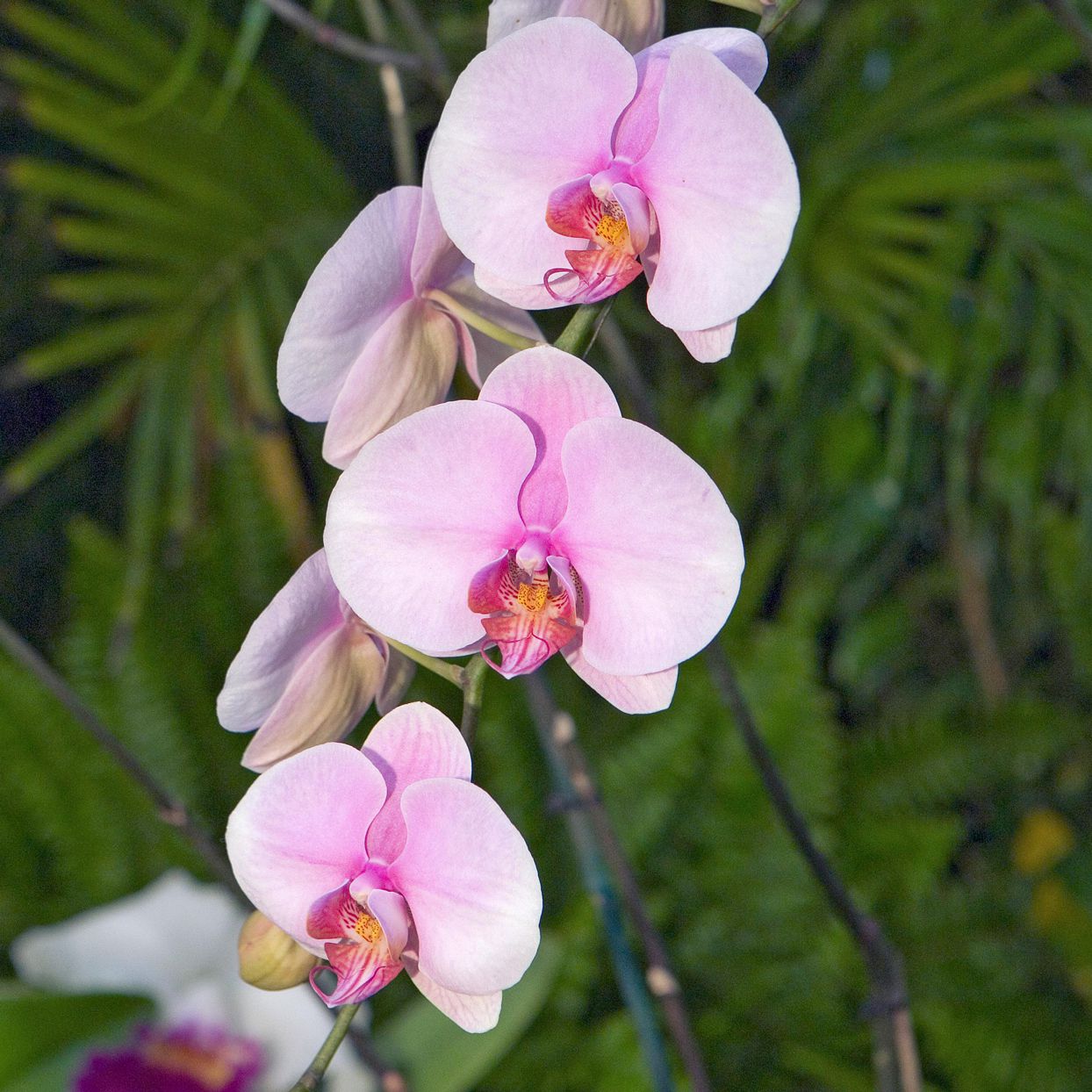Moth orchids, scientifically known as Phalaenopsis, are prized for their delicate, butterfly-like blooms and graceful, arching stems. Revered as symbols of love, beauty, and refinement, these elegant orchids have become a favourite among enthusiasts and novices alike. Cultivating and caring for moth orchids may seem intimidating, but with the right knowledge, anyone can nurture these stunning plants to flourish in their home.
Selecting the Right Environment:
Creating an ideal environment is crucial for the health and vitality of moth orchids. These orchids thrive in warm temperatures, typically between 21°C to 27°C during the day and a slightly cooler range at night. Place them in bright, indirect light, avoiding direct sunlight to prevent leaf burn. A well-ventilated space is essential to mimic their natural habitat.
Potting Mix and Containers:
Moth orchids prefer a well-draining potting mix that allows air to circulate around their roots. A mix of bark, sphagnum moss, and perlite is commonly used. When repotting, choose a container with ample drainage holes to prevent waterlogged roots. Repotting every 1-2 years or when the potting mix breaks down ensures a healthy growing environment.

Pexels
Watering and Humidity:
Proper watering is crucial for moth orchids. Allow the top inch of the potting mix to dry before watering. Water thoroughly, allowing excess water to drain away. Be cautious not to let the orchid sit in standing water, as this can lead to root rot. Maintaining humidity levels between 50-70% can be achieved by placing a tray of water near the orchid or using a humidifier.
Fertilising:
During the growing season (spring and summer), feed moth orchids with a balanced, water-soluble orchid fertiliser every 2-4 weeks. In autumn and winter, reduce feeding to once a month. Always follow the recommended dosage on the fertiliser packaging to prevent over-fertilisation.
Pruning and Maintenance:
To encourage new growth and blooming, trim spent flower spikes just above a node. Monitor the orchid for signs of pests, such as scale or mealybugs, and address them promptly with insecticidal soap or neem oil.
By providing the right conditions and attentive care, moth orchids can reward gardeners with months of exquisite blooms. With patience and dedication, cultivating these mesmerizing orchids can become a fulfilling and rewarding experience, adding a touch of natural elegance to any home.
Feature image: Pexels

